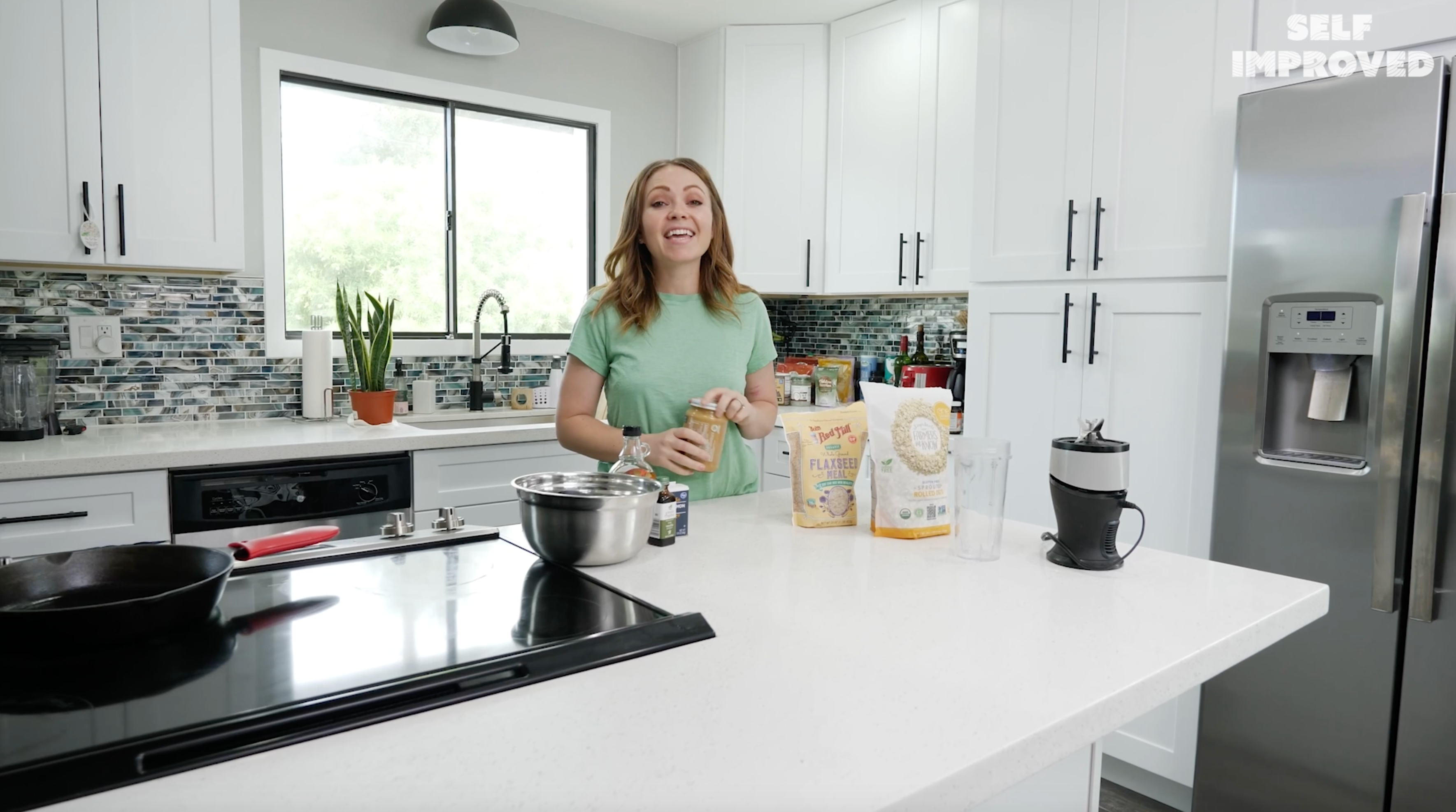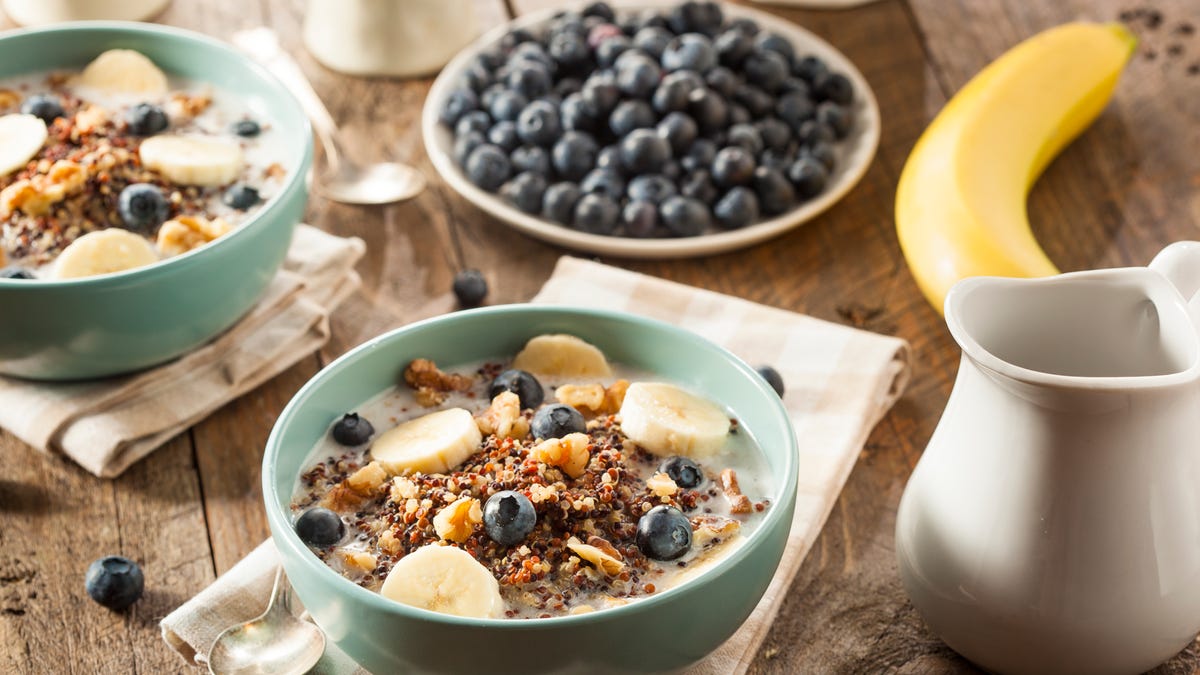
How to make cookies for breakfast, but healthier
Start your morning off right with a delicious, healthy breakfast cookie. Here’s the recipe.
ProblemSolved, Reviewed
Your mornings are busy enough without having to spend the time to decide what to make – and then having to actually make – a healthy, well-balanced breakfast.
That’s further complicated by the fact “healthy” can mean different things to different people. Some may be trying to lose weight. Some may be trying to gain weight. Some may be trying to increase the amount of nutritious food they eat in a day. Some may just need to grab anything they can get their hands on to make sure there’s something in their stomach before running out the door.
Marisa Moore, MBA, RDN, LD, a registered dietitian nutritionist and author of “The Plant Love Kitchen,” breaks down everything you need to know about best breakfast nutrition practices.
How many calories should I eat for breakfast?
The amount of calories someone should eat in a given meal can depend on several factors, including age, sex, height, weight, physical activity, pregnancy or lactation status and individual goals.
For example, the current Dietary Guidelines for Americans recommends that a moderately active (defined as the equivalent to walking between 1.5 and 3 miles per day at 3 to 4 miles per hour) 35-year-old man should be consuming about 2,600 calories a day, while a moderately active 35-year old woman needs about 2,000. Women generally need fewer calories than men, and older adults generally need fewer calories than younger ones. These recommendations can also vary depending on whether a person is trying to lose, maintain or gain weight, too.
Rather than focusing on how many calories someone should be eating at breakfast, nutrition experts suggest paying more attention to the variety of macronutrients you’re serving yourself.
“Start the day with a protein- and carbohydrate-rich meal for sustained energy until lunch time,” Moore suggests. Adding healthy fats, such as chia seeds, walnuts, olive oil, avocado or full-fat yogurt to the equation is helpful.
What should I eat for breakfast?
Your morning menu doesn’t have to be boring. These balanced breakfast options will give you the energy you need to get through the day.
Vegetable-packed omelet with a side of fruit (pick your favorites!)Protein-rich Greek yogurt with walnuts and berries (a quick, no-cook option that Moore says will keep you full “for hours”).Oatmeal with a creamy nut or seed butter with a handful of berries (this one’s vegan, if that’s something you’re looking for in a recipe).Leftover beans and rice or roasted broccoli with scrambled eggs or tofu (“Remember that breakfast can be anything you want it to be,” Moore says).The U.S. Department of Agriculture’s MyPlate (which in 2011 replaced the food pyramid you might be more familiar with) also offers dozens of healthy breakfast recipes, including apple oatmeal muffins, black bean burritos and Spanish omelets.

